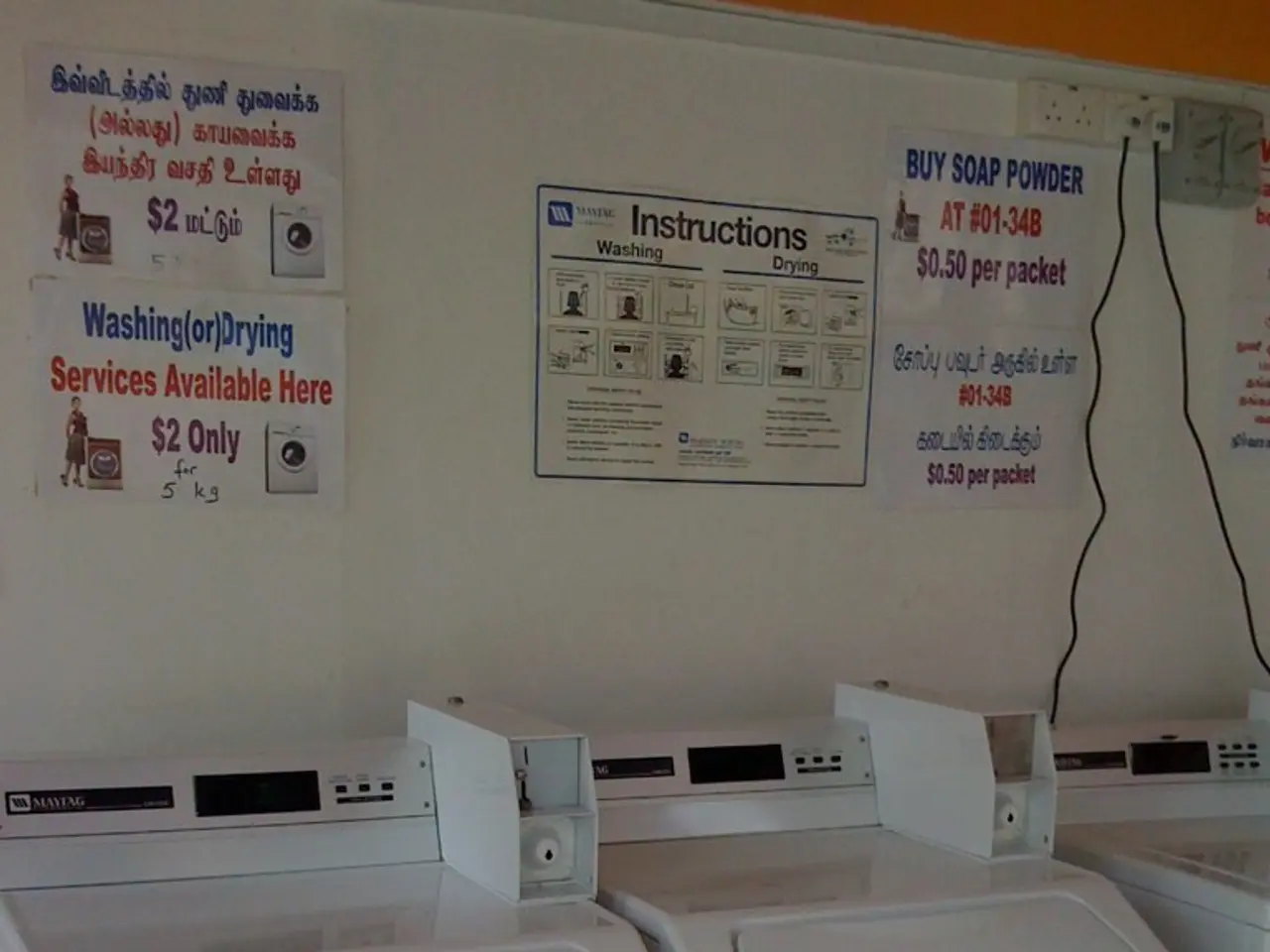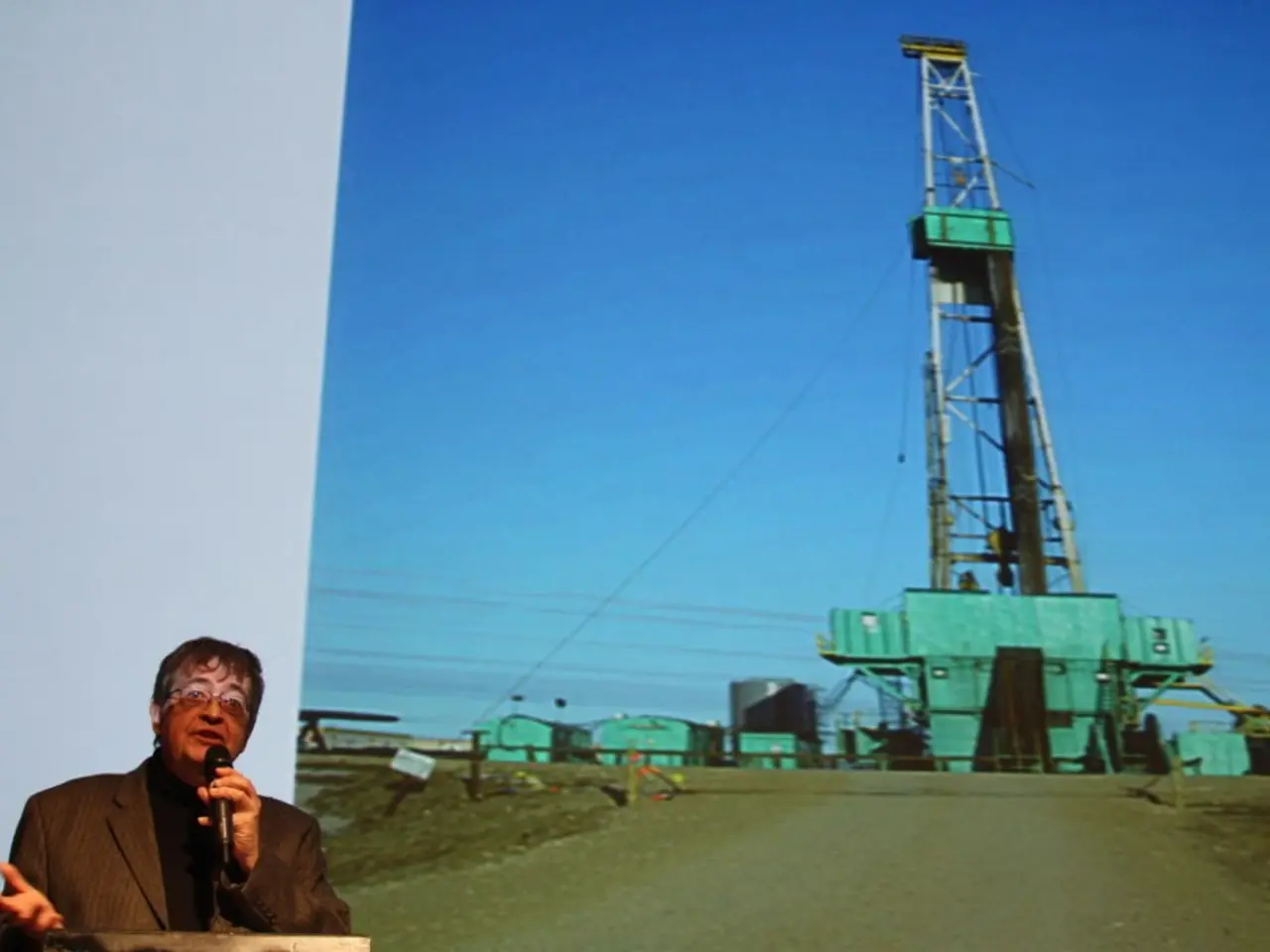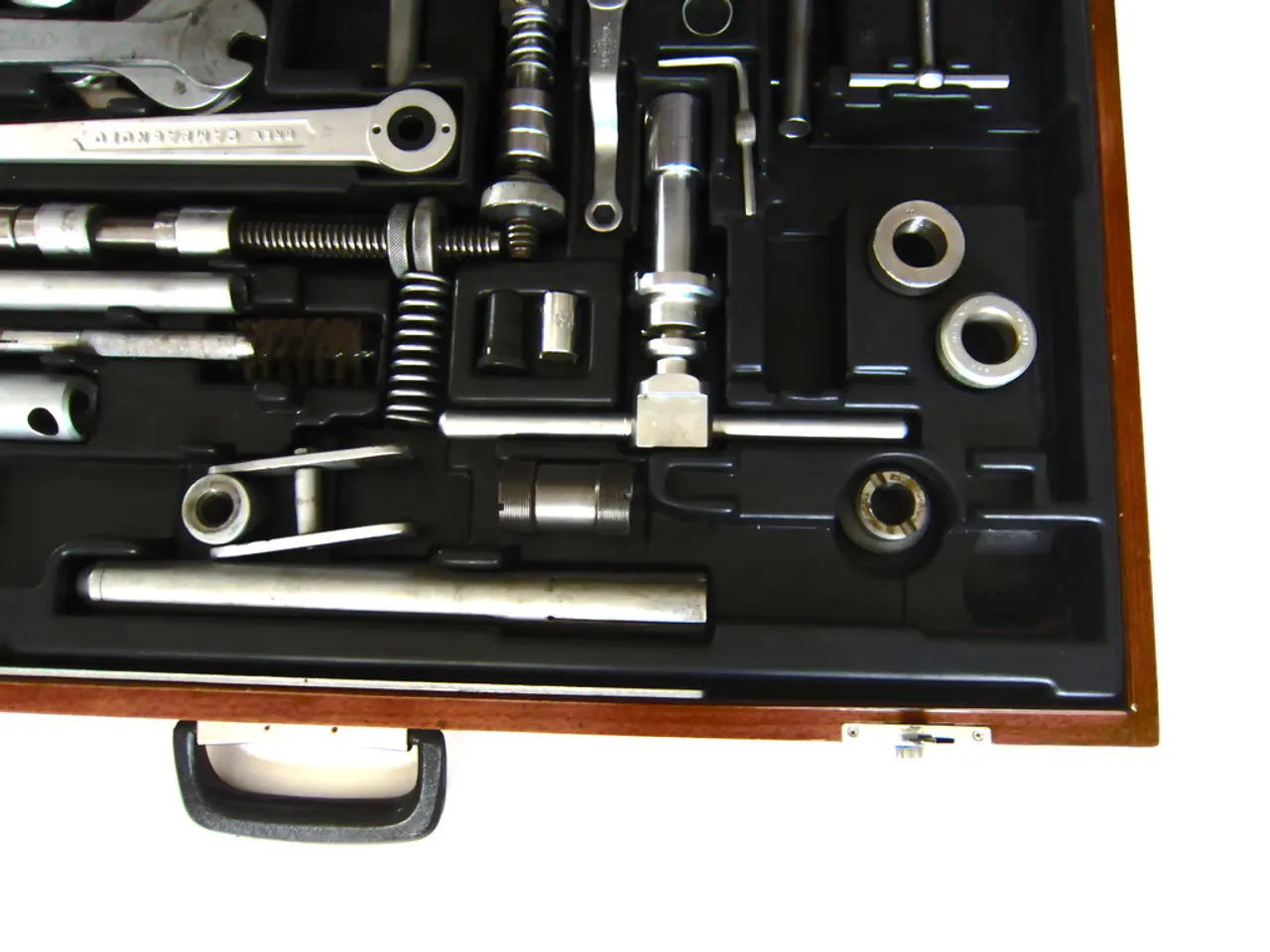Trump's Imposed 25% Tariff Sparks Modi's Strong Advocacy for 'Swadeshi'
In the face of recent tariff threats from the US, India's 'Make in India' and swadeshi initiatives continue to progress with strong government support and increasing momentum.
The government is actively examining the implications of the 25% tariff move by the US, and negotiations for a bilateral trade agreement are ongoing. Commerce Minister Piyush Goyal has confirmed this, stating that the negotiations are a priority for the government.
In a show of commitment, the government is engaging with all stakeholders, including exporters and industry, for feedback. The Prime Minister of India has called for an increase in 'Make in India' products, and Piyush Goyal has urged people to buy only swadeshi goods.
The government attaches utmost importance to securing and advancing national interest, and will take all necessary steps to safeguard it. The government is also committed to protecting and promoting the welfare of farmers, workers, entrepreneurs, exporters, MSMEs, and all sections of industry.
India's manufacturing sector is showing robust growth in 2025, with the manufacturing PMI reaching a 17-year high of 59.2 in July. This growth is driven by rising new orders and export demand, suggesting that despite the US tariff threat, India's manufacturing base is expanding. The expansion is supported by increasing domestic production and employment growth.
Significant advancements align with the swadeshi spirit, including development in high-tech sectors like semiconductors. India is launching its first domestically produced chip by the end of 2025 and establishing multiple fabrication units. Such initiatives indicate a move toward greater self-reliance in critical technology domains, reducing dependence on foreign sources.
New government measures including the National Manufacturing Mission announced in the 2025-26 budget reinforce the Make in India agenda by dedicating resources to expand and modernize manufacturing infrastructure.
Foreign investment remains strong, with a record $81 billion inflow in FY24-25, indicating global confidence in India's manufacturing and policy environment despite trade tensions.
In summary, both 'Make in India' and swadeshi initiatives are actively supported and showing positive momentum in 2025, strengthening India's manufacturing capabilities and export potential as countermeasures to external tariff threats like those from the US.
- The ongoing negotiations for a bilateral trade agreement between India and the US are an essential part of the country's economics and finance, as the government seeks to understand and address the implications of the 25% tariff move by the US.
- The Indian government is focusing on policy and legislation related to business and imports, as evidenced by the announcement of the National Manufacturing Mission in the 2025-26 budget and the growth in foreign investment.
- The increasing momentum of India's 'Make in India' and swadeshi initiatives, backed by strong government support, has led to a growth in domestic production, employment, and exports, even amidst international conflicts and trade tensions like the ones caused by war-and-conflicts and war-threats.
- The government's commitment to safeguarding national interest extends to protecting and promoting the welfare of various sectors, including farmers, workers, entrepreneurs, exporters, MSMEs, and the general news shows that these efforts are bearing fruit in the form of a robust manufacturing sector and a growing export market.




